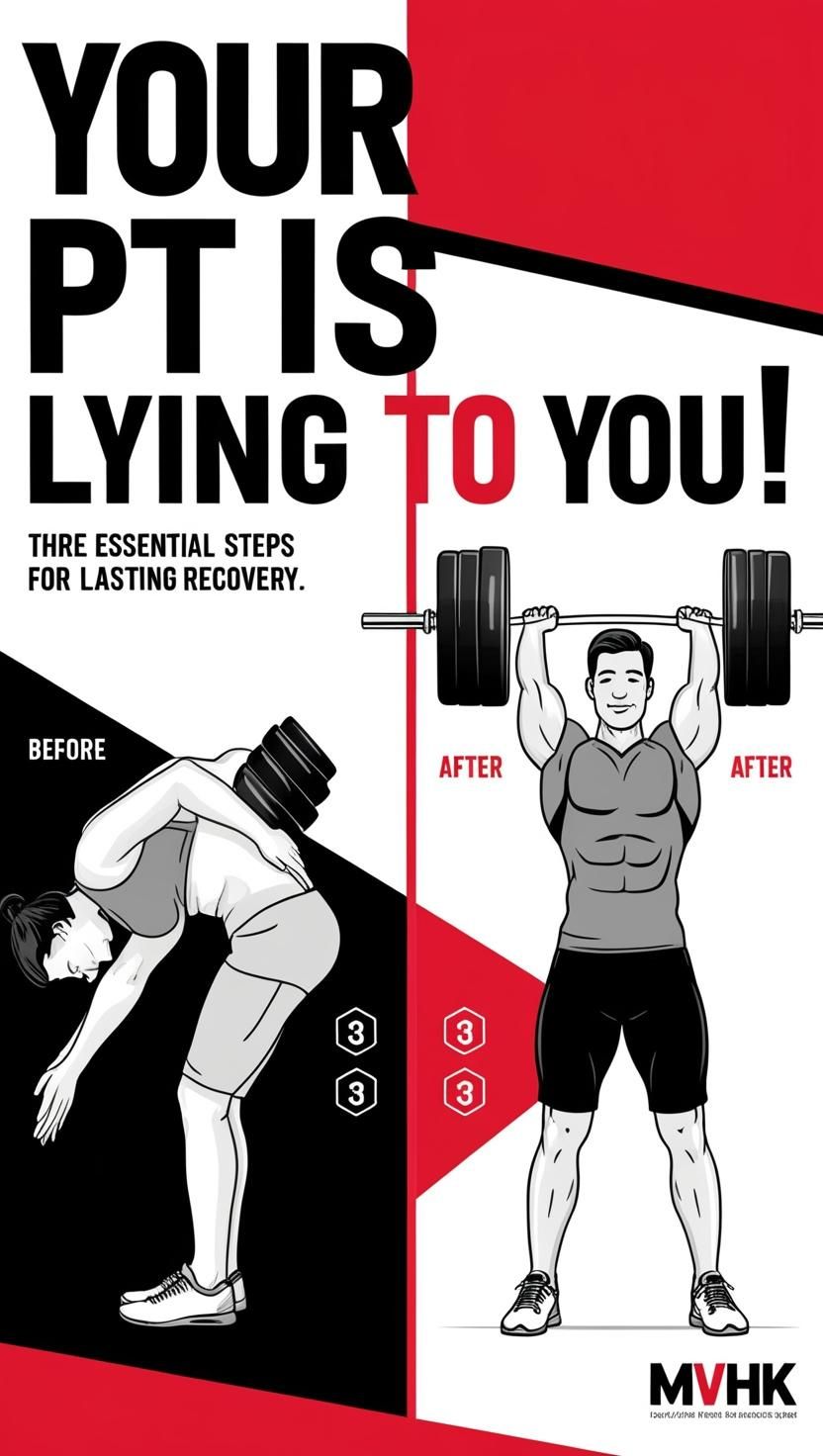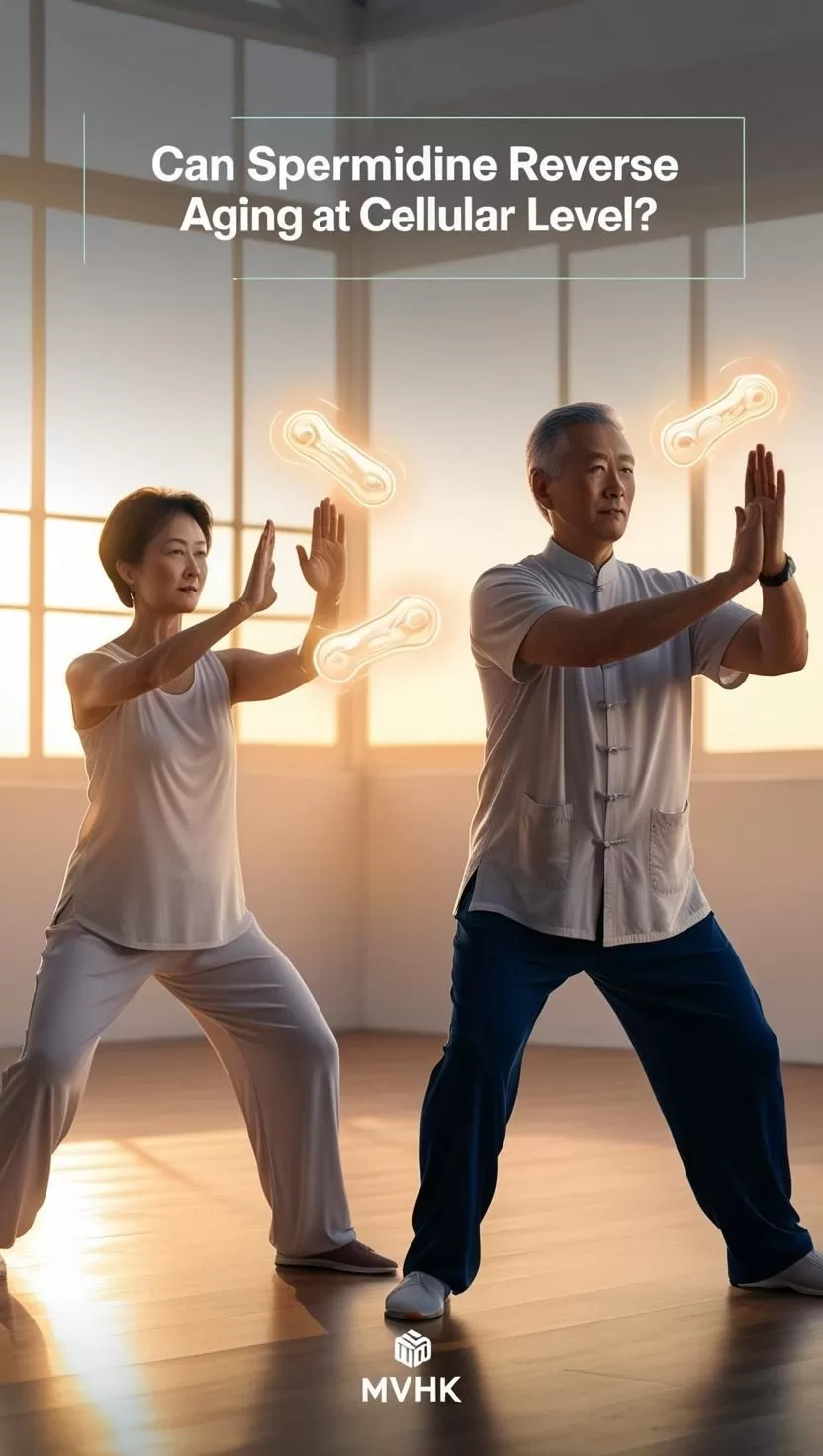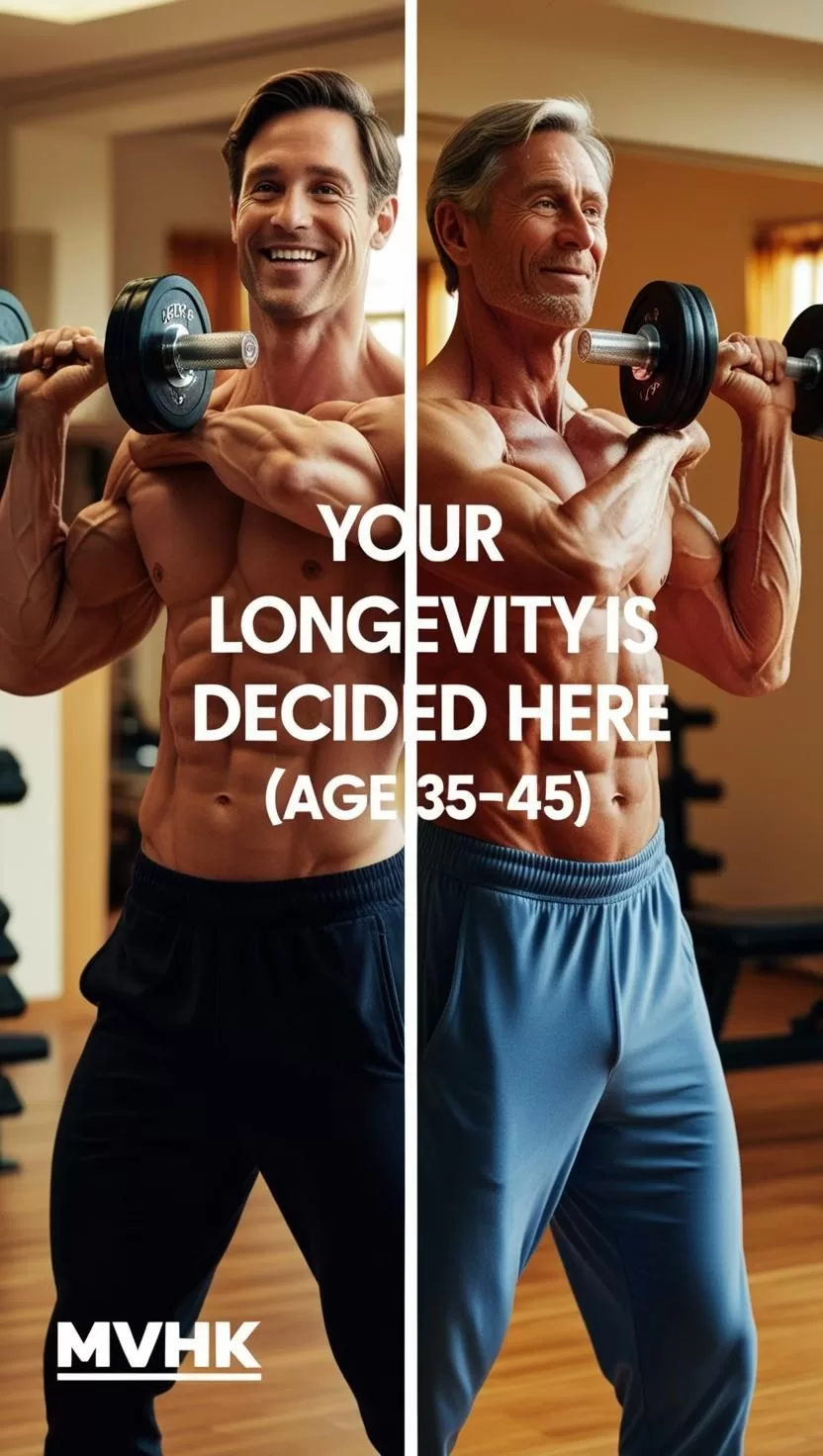Your Physical Therapist Has Been LYING to You! Here’s How to Finally Heal Your Pain
Why Traditional Pain Treatments Fail
If you’ve been stuck in a cycle of pain despite trying physical therapy, massage, or chiropractic care, you’re not alone. Many common treatments only mask symptoms instead of addressing the root cause of pain. This is why you may experience temporary relief, only for the discomfort to return weeks or months later.
The Problem with Traditional Approaches
- Masking Pain vs. Fixing the Source: Painkillers, massage, and even some physical therapy techniques focus on symptom relief rather than long-term solutions.
- Muscular Compensation: Weak muscles force your body to compensate, leading to poor movement patterns and chronic pain.
- Generic Exercises: One-size-fits-all rehab programs may not align with your body’s unique mechanics, further exacerbating the issue.
The 3-Step System to Finally Heal Your Pain
If you want to break free from chronic pain and reclaim your active lifestyle, follow these three essential steps:
1. Desensitize Your Nervous System
Your nervous system plays a significant role in pain perception. If it becomes overly sensitive, you may experience pain even in the absence of actual tissue damage.
How to Retrain Your Nervous System
- Controlled Breathing: Deep, diaphragmatic breathing helps calm the nervous system and reduces pain sensitivity.
- Gradual Exposure: Reintroduce movement slowly to signal safety to your brain.
- Mindfulness & Stress Management: Practices like meditation and progressive muscle relaxation can lower pain perception.
2. Rebuild Strength & Stability
Pain often stems from instability in joints and weakness in muscles. Strengthening key areas can correct imbalances and provide lasting relief.
Key Strength Training Strategies
- Focus on Stability Muscles: Strengthen deep core muscles, glutes, and scapular stabilizers.
- Use Progressive Overload: Gradually increase resistance to build resilience.
- Avoid Compensation Patterns: Perform exercises with proper form to target the correct muscles.
3. Optimize Movement Mechanics
Many rehab programs force generic exercises that don’t fit your body’s natural mechanics. Instead, prioritize movements that align with your unique structure.
Movement Optimization Techniques
- Functional Movement Screening: Identify faulty patterns and correct them.
- Personalized Mobility Drills: Tailor your routine to your body’s needs rather than generic stretches.
- Biomechanically Efficient Exercises: Choose movements that allow natural joint positioning and muscle engagement.
How Long Does It Take to See Results?
With consistency, you can expect:
- Week 1-2: Decreased pain sensitivity and improved mobility.
- Week 3-4: Increased strength and stability in previously weak areas.
- Week 5-6: Enhanced movement efficiency, reduced compensations, and long-lasting relief.
Get Back to Training, Sports, and Pain-Free Living
By following these steps, you can finally break free from the cycle of pain and return to the activities you love. Stop wasting time on treatments that only provide temporary relief—address the root cause and reclaim your movement freedom.
Frequently Asked Questions (FAQ)
How do I know if my nervous system is contributing to my pain?
If you experience pain despite no structural damage, heightened sensitivity to touch, or fluctuating pain levels, your nervous system may be overly sensitive.
Can I still train while recovering from pain?
Yes! The key is to modify movements to avoid exacerbating symptoms while progressively building strength and stability.
What if my pain has lasted for years?
Chronic pain requires a combination of nervous system retraining, strength rebuilding, and movement optimization. The longer the pain has persisted, the more gradual the recovery process may be.
By implementing these strategies, you’re not just masking pain—you’re setting yourself up for long-term success. 🚀






